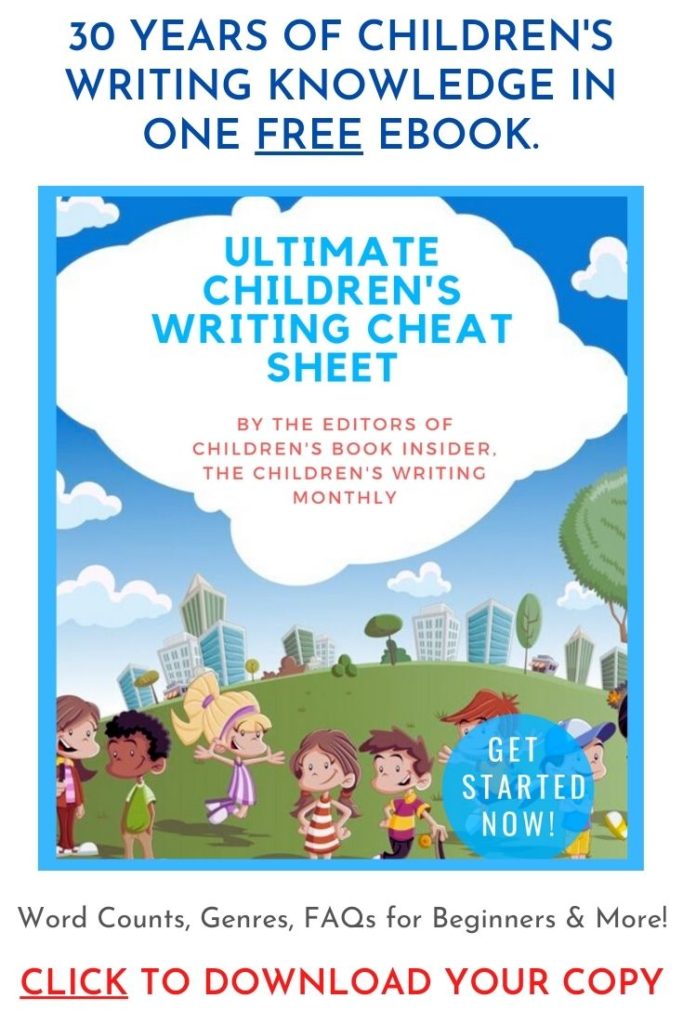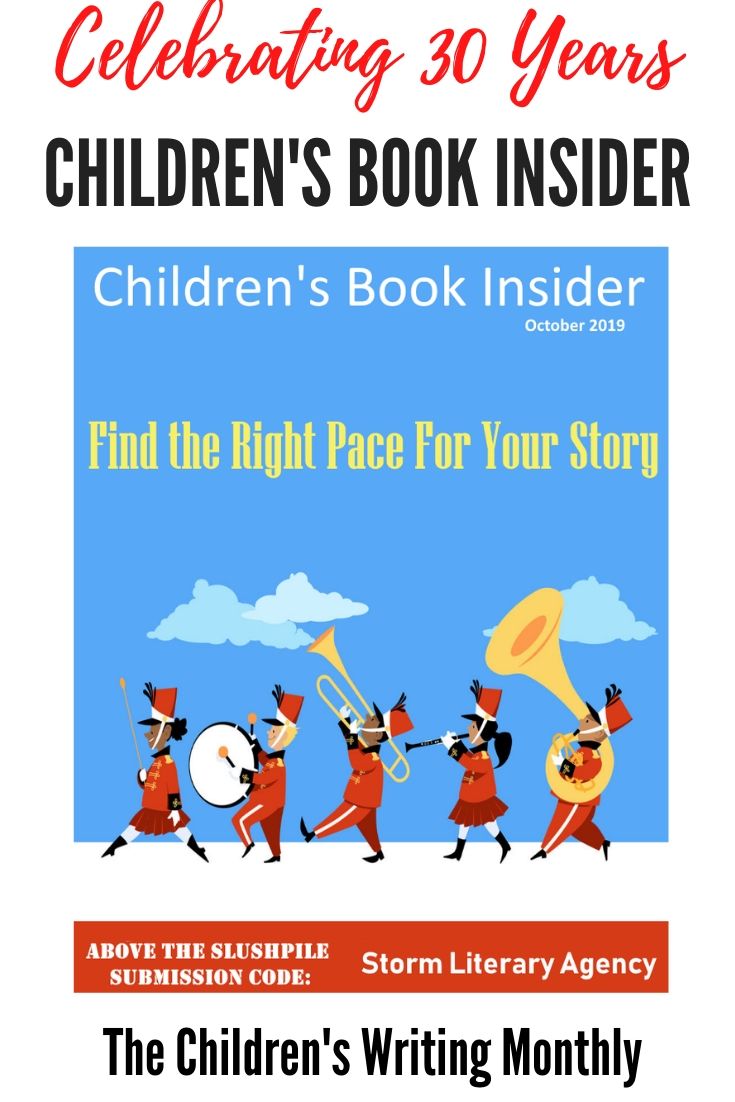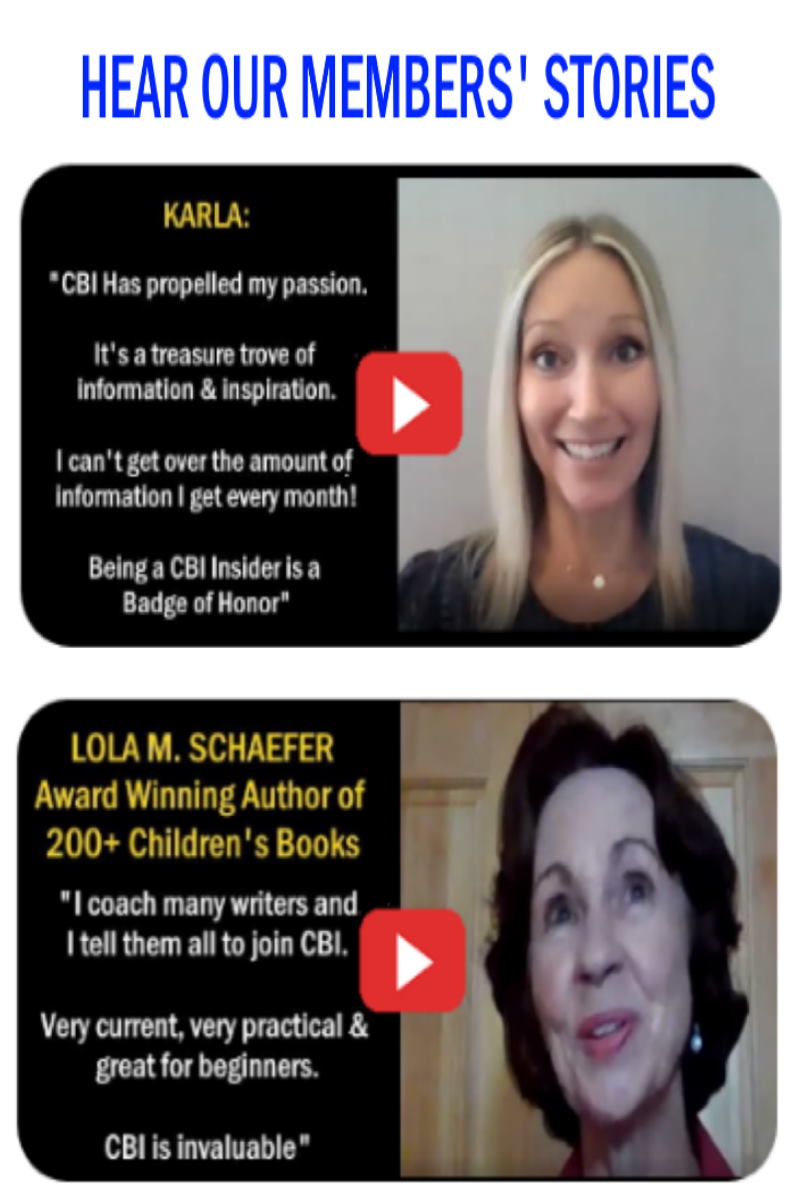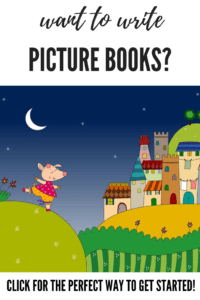
by Sue Bradford Edwards
Paid member of Children’s Book Insider? Click on the link below this post for bonus content.
Fact: If you write children’s nonfiction (including narrative nonfiction), you have only moments to grab your reader’s attention.
Young readers have many demands on their time. Some people blame electronics. Others target over scheduling as the source of the problem. Whatever has caused the problem, it means that to write and sell your nonfiction you have to know how to create work that young readers want to read.
Fortunately, there are several ways to do this.
The Tried and True
One of the best ways to snag a reader is with an evergreen topic, one that is persistently popular. Some of these topics are fun subjects that interest one group of young readers after another. My son, now 15, adored dinosaurs and construction equipment as a preschooler. Then he moved into trains and space exploration. Now he’s all about history, as long as it has to do with war or anything vaguely gruesome or disgusting. I’ve watched his cousins age into and out of many of these same interests.
Other evergreen topics come around again and again because they are seasonal. This includes a wide variety of annual subjects ranging from the start of a new school year to prom, summer vacation, and annual holidays. Anything that occurs on a recurring basis can be an evergreen topic.
Because evergreen topics are persistently popular, editors are always on the lookout for new books. To catch an editor’s eye, you are going to have to approach the subject in a way that hasn’t been done.
One way you can do this is to combine two different topics to create a fun nonfiction mash up. That’s what David M. Schwartz did when he wrote Rotten Pumpkin.
Halloween is an evergreen topic, but there are hundreds of Halloween nonfiction books in print. A quick Amazon search reveals folktales, concept books (counting, alphabet, etc.), jokes, costumes and more.
To find a new approach, Schwartz combined Halloween with something else that young readers love, science with a pronounced ick factor. The result is a nonfiction picture book about what happens to a jack-o-lantern when it is added to a compost pile after Halloween. Children studying ecology topics in school hear about decomposers. Now they get to see these same agents at work as the Rotten Pumpkin goes to goo.
Rockin’ Read-Aloud
Another way to make your picture book appealing is to make it a great read aloud. After all, that’s how picture books are used in story times, grade school classrooms, and as bed time stories with adult readers sharing these books aloud with a young audience. The more fun it is to read aloud, the more likely young readers and adults are to share it again and again, a fact which makes your work very appealing to editors.
Lisa Wheeler could have written a straight-up prose piece on mammoths. Instead, she applied her lively use of language to create the rhyming nonfiction, Mammoths on the Move. “Big and bulky, huge and hulky, wide and woolly mammoths!” This fun word play brings her readers back again and again.
Another way to play with rhythm and rhyme is to pattern your piece after a folk song. Donna M. Bateman did this with her books Out on the Prairie and Deep in the Swamp, duplicating the rhythm and rhyme-pattern of the folk song “Over in the Meadow.” Although her books teach young readers about the flora and fauna of the tall grass prairie and the swamp, the text is rhythmic and fun and altogether appealing.
Writer beware! Rhyme is hard to do well. The rhythm must be spot on, word order cannot be forced, and words must rhyme true. Near rhyme simply won’t do. You are competing with writers like Wheeler and Bateman who write rhyme extremely well. Your text has to sing to compete.
If you can’t write in rhyme, you can still create fun word play. Use onomatopoeia, or sound words, for crash bang good times. Or you can create consonant alliteration by using several words in a row that begin with the same consonant or consonant pair. A chorus repeated throughout the story is another great way to hook younger readers. All of these methods and more come into read aloud play.
The Secret Handshake
Another way to hook your reader is to let him in on a secret. This works especially well for sneaky, stealthy subjects. Couple inside information with a feeling of tension and near disaster and your readers, who know something that the people in the book do not, will keep turning the pages as disaster looms ever nearer.
In his novel-length Bomb: The Race to Build – and Steal – the World’s Most Dangerous Weapon, author Steve Sheinkin tells readers about the early atomic arms race. The topic is worthy of James Bond and the execution is no less gripping. Sheinkin uses narrative to build suspenseful scenes that pull the reader into a high-stakes adventure that combines dangerous scientific discovery with cloak-and-dagger heroics.
A topic doesn’t have to be about espionage to use a tell-all approach. Another way to do this is to welcome the reader into a secret world by revealing a truth no other adult has had the guts to make plain. When you do this, you create an alluring subtext. “The other adults lied to you but I’m here to tell you the truth. They don’t think you can handle it but I know better.”
Most pirate books paint a rosy picture of rogue life on the Seven Seas. Not so David Harrison in Pirates. His text makes it plain that the life of a pirate was tough and often short. His text is still age appropriate but he doesn’t pull any punches. That kind of approach takes guts but a writer who can pull it off hooks the reader who wants to know what is real instead of reading a safe and sanitized version.
Insert Eye Roll Here
Another way to hook a nonfiction reader is with irreverence and humor as Georgia Bragg does in How They Croaked and How They Choked. The first book details the “awful ends” of various famous people while the second tells about their most embarrassing moments and their errors in judgment, like this:
“Henry VIII became the king of England when he was a hormonally charged seventeen-year-old. Gifted in jousting and wrestling, Henry was loved for his youthful prowess. His subjects loved him until his murdering ways changed their minds…”
Everything Bragg wrote is true. It just isn’t particularly respectful. This irreverent tone is part of what hooks readers and holds them fast for approximately 170 pages of historic fact. The information is nonfiction, but the delivery is tongue-in-cheek and highly creative.
Any of these topics, from decomposition to the demise of the famous, could have been written up in a ho-hum encyclopedic-style, but how interesting would that be? Editors and agents, readers and teachers all want nonfiction, but to make a sale you need to find a way to make your work sing.
Sue Bradford Edwards is an author and writing teacher. Her article, “Revision, Rework, Rewrite: How to Get Your Work Back Out When Your Target Editor Says No,” was featured in WOW! Women On Writing’s Revision & Self-Editing issue. Click here to learn more about Sue and her writing.
Insiders click here to get a bonus article, How to Use Fiction Techniques in Nonfiction, on the CBI Knowledge Base. Not an Insider? Click here to join us.
Tags: nonfiction, writing for children







This sure is helpful. As you’ve said it is very difficult to grab the attention of kids especially if your book is a nonfiction. Just imagine the plethora of books about vampires, wolves, magicians etc. Lately, I also noticed the prolifiration of YA novels featuring star-crossed lovers… something you would only see on cheesy movies. These novels are the best selling books. Don’t get me wrong, I also read these types of book, it is just that the kids today don’t appreaciate non-fiction books anymore (or atleast only a few of them does). For those who write such books, this article is definitely helpful! Thank you!
I have a question. My sister was experimenting with a rhyme and for fun, I joined in, polishing the lyrics and getting the rhyme spot-on. The problem is that it is so spot-on, it can’t help reminding people of t the song that inspired it. So now, do we have a copyright problem? Do I need to get permission before I can publish this?